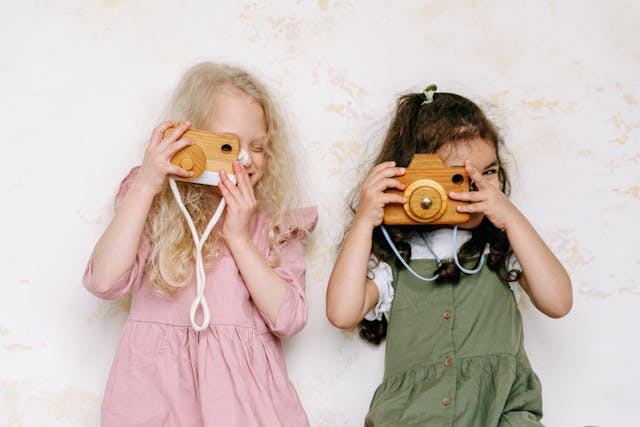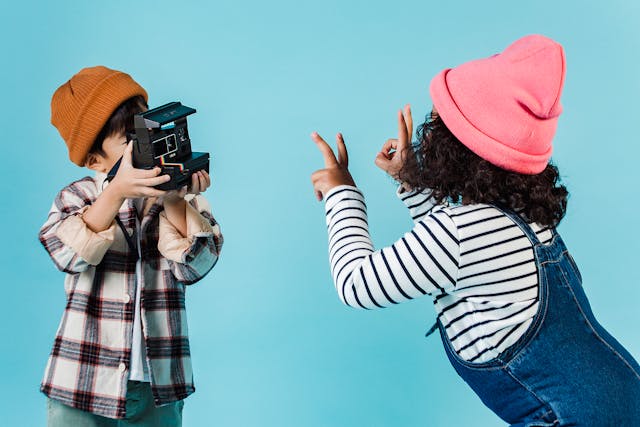
In recent years, TikTok has evolved from a platform for viral dances to a significant source of mental health discussions, sparking a trend known as TikTok self diagnosis. This phenomenon has gained traction among teenagers, who increasingly rely on the platform for insights into their mental health. But why are teens gravitating toward social media for guidance, and what are the risks associated with it?
TikTok’s algorithm excels at delivering relatable content. For teens struggling with mental health challenges, the platform can feel like a lifeline. Videos tagged with #MentalHealthAwareness and #SelfDiagnosisOnlineDangers often go viral, portraying creators’ personal experiences in a way that resonates deeply.
Consider Emma, a high school junior who stumbled upon TikTok mental illness content describing symptoms of anxiety. Watching creators share their stories gave Emma the impression that she, too, might have an undiagnosed condition. This sense of identification is a key driver of TikTok self diagnosis.
A significant reason teens flock to TikTok for mental health guidance is the lack of accessible professional resources. Therapy remains expensive for many, and the stigma surrounding mental health often deters young people from seeking help. TikTok fills this void with bite-sized, relatable social media mental health advice that feels personal and immediate.
However, this convenience has pitfalls. Mental health TikTok trends often oversimplify complex conditions, leading to misunderstandings about the nuances of diagnosing mental disorders online. For example, difficulty concentrating might stem from ADHD, anxiety, or other factors, but short TikTok videos rarely capture these distinctions.
One of the major risks of self-diagnosis online is overgeneralization. Teens exposed to simplified content may incorrectly label themselves with a condition, adopting self-help strategies or treatments that are inappropriate. Worse, they might neglect genuine medical or psychological issues requiring professional attention.
The impact of mental health influencers amplifies these risks. While some creators responsibly discuss their experiences, others unintentionally spread misconceptions, fueling TikTok therapy misconceptions and social media health misinformation. This underscores the need for a critical approach to the psychology on TikTok platforms.
TikTok’s mental health content creators wield significant influence. They shape the narrative around mental health challenges on TikTok, often blurring the line between raising awareness and offering unsanctioned advice. While many creators aim to promote mental health awareness, others prioritize engagement over accuracy, perpetuating TikTok diagnosis accuracy concerns.
Platforms like TikTok have taken steps to address this, adding disclaimers to sensitive videos and directing viewers to professional resources. However, ensuring the reliability of content requires stricter policies and collaboration with mental health professionals.
Despite its risks, TikTok has undeniable benefits. It provides teens with a sense of community, normalizing conversations about mental health. For some, it serves as a gateway to self-reflection and professional help.
The TikTok self-help culture encourages openness, but it should not replace the need for professional diagnosis and treatment. Parents, educators, and teens must recognize the importance of seeking professional advice to address mental health concerns adequately.
To balance the benefits and risks of TikTok self diagnosis, consider the following:
Cross-check social media advice with credible mental health resources.
Remember that TikTok is not a substitute for therapy or professional evaluations.
Create an environment where teens feel safe discussing their concerns.
Persistent symptoms warrant attention from a licensed mental health professional.
The trend of TikTok self diagnosis highlights both the power and pitfalls of social media in mental health discourse. While TikTok has democratized access to mental health awareness, it has also exposed teens to social media health misinformation.
By fostering critical thinking and emphasizing professional consultation, we can guide teens toward healthier approaches to understanding and managing their mental health. Platforms like TikTok should remain a tool for awareness, not a replacement for reliable, professional care.


